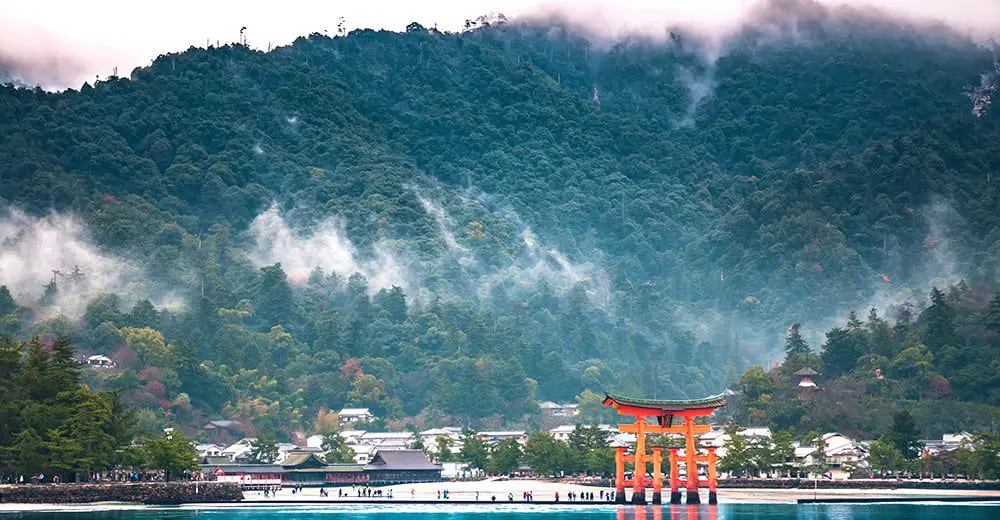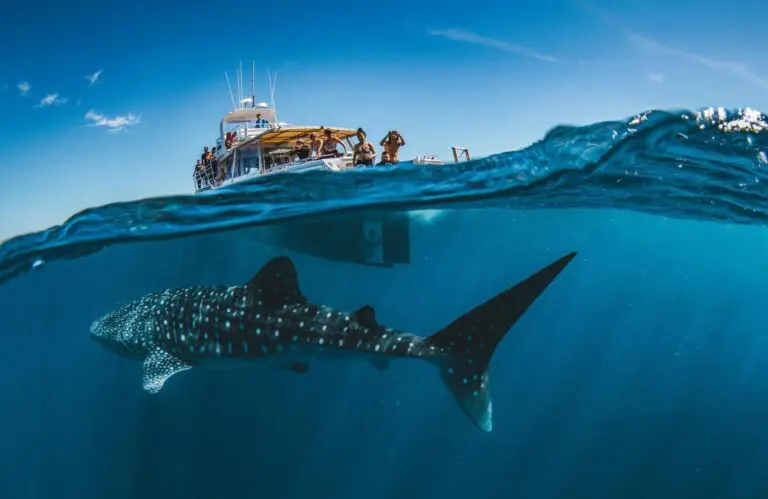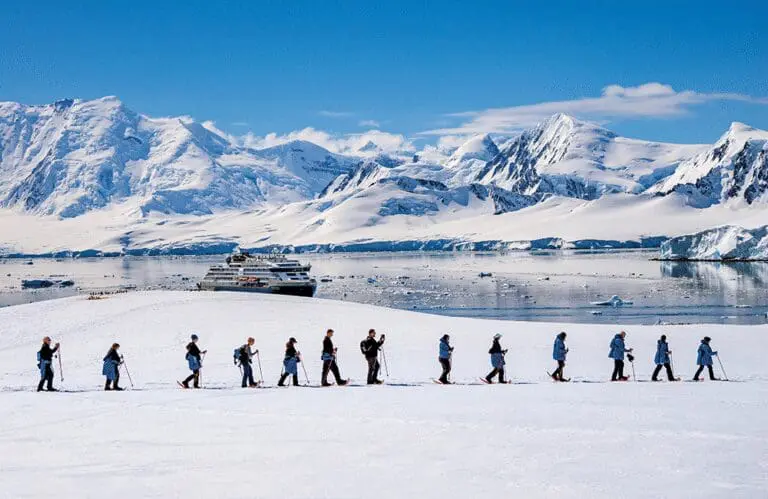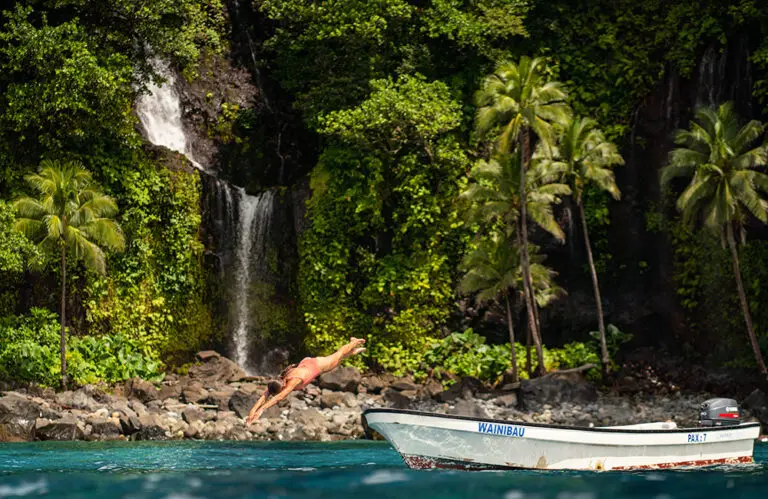Once you’ve experienced the buzz of Tokyo and tranquility of Kyoto, it’s time to head south to Kyushu, Setouchi and Okinawa and experience the country’s southern charm, history and adventure.
Just like Japan’s northern regions (totally worth incorporating into your Japanese itinerary by the way!), Japan’s south is well-connected to the major entry points into Japan, such as Tokyo and Osaka.
Here’s a brief guide on where to go and what to do in Japan’s charming southern prefectures.
KYUSHU
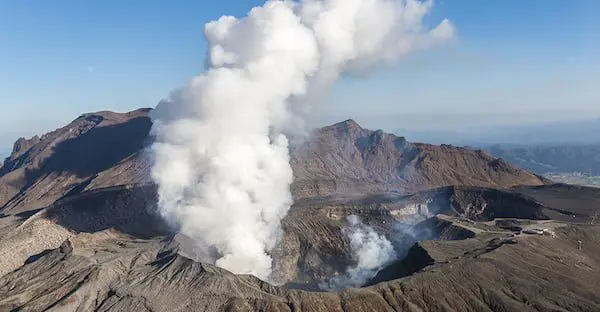
Famous all over Japan for its onsen (hot springs), volcanic activity and natural beauty, Kyushu is Japan’s third largest island and a refreshing change of pace from the Land of the Rising Sun’s dynamic urban metropolises (especially Tokyo).
What to do: Each of the island’s seven prefectures (Fukuoka, Oita, Saga, Nagasaki, Kumamoto, Miyazaki and Kagoshima) are unique, offering travellers a range of different activities and experiences.
For example, in Saga Prefecture, you can learn all about Japan’s ceramic production, whilst in Kumamoto Prefecture you can go hiking around active volcano Mount Aso, or stroll through Suizenji, a tsukiyama style of Japanese garden, arranged to show nature in miniature…
In Kagoshima, Japan’s first UNESCO World Heritage Site, Yakushima Island – famous for its ancient Yakusugi (cedar) Forest and waterfalls – awaits your visit.
Of course, no visit to Kyushu would be complete without a soak in a traditional onsen. Tamatebako Onsen is an open-air hot spring that offers bathers amazing views of the East China Sea and Mount Kaimondake, an almost perfectly conical volcano that is now dormant.
How to get there: Kyushu can be reached from Tokyo by plane to Fukuoka Airport, the fourth busiest airport in Japan. Aternatively, Japan Rail (JR) Pass holders may opt to take the shinkansen (bullet train) to Hakata (Fukuoka), the region’s largest city and transport hub.
SETOUCHI
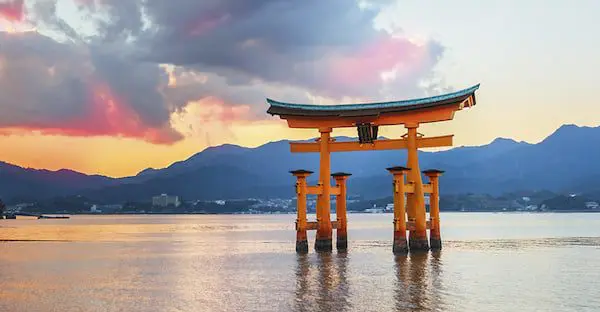
A region encompassing the coastal areas of Honshu, Shikoku and the famous (and bike-friendly) Seto Inland Sea, Setouchi is known for its amazing coastlines, historical sites and its contribution to modern art in Japan.
What to do: Visit Itsukushima Shrine in Miyajima, a 13th-century UNESCO World Heritage Site that’s one of the best examples of the shinden-zukuri architectural style. Its iconic torii gate at high tide is one of the most photographed sites in Japan.
Cyclists of all levels of fitness can tackle the Shimanami Kaido, a 70-km cycling route that takes riders along a picturesque expressway stretching from Honshu to Shikoku, passing over six small islands in the Seto Inland Sea along the way.
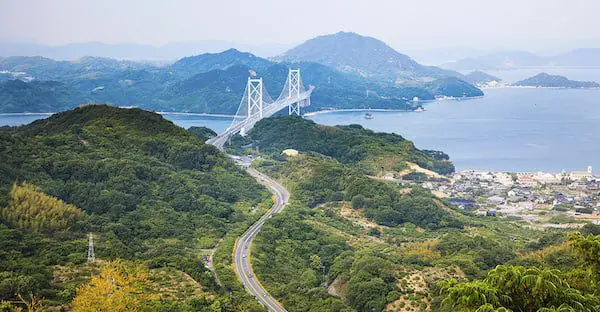
If possible, time your visit to Tokushima, Shikoku in August where you’ll be able to attend Japan’s largest dance festival, Awa Odori, which is a Japanese Buddhist festival that honours ancestors through traditional dance, chants and music.
How to get there: The Sanyo Shinkansen that connects Osaka with Hakata (Fukuoka) makes several stops along cities in the Setouchi region.
OKINAWA
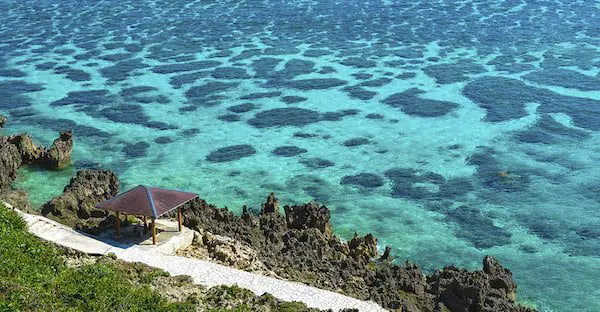
Okinawa, Japan’s southern most prefecture, is a world away from the urban jungles of Tokyo and Osaka, boasting warm weather all year round, amazing food, and some of the best diving in Asia. The Okinawa Islands, the Miyako Islands, and the Yaeyama Islands all offer visitors an abundance of things to do in Japan’s subtropical region.
What to do: Pay a visit to Shuri Castle in Naha City, a UNESCO World Heritage Site, where you’ll be amazed by the structure’s stonework, architectural design and its iconic Shureimon Gate, or go snorkelling or diving in Cape Maeda in central Okinawa Honto (main island) for the best underwater adventures in Japan. Apart from swimming with an incredible diversity of marine life, you’ll also be able to visit the famous ‘Blue Cave in the Sea’ where the water is lit by a mystical blue light from the reflected sunlight.
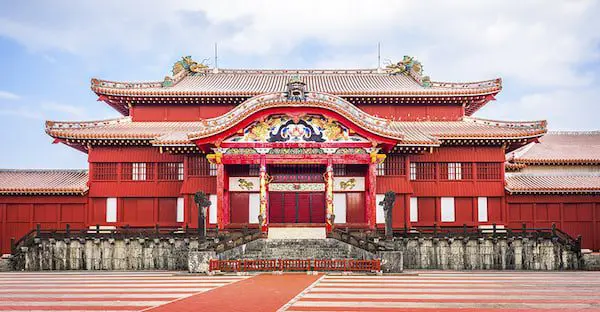
If you’d rather stay above the water, spend an afternoon chilling out on one of Okinawa’s best beaches, such as Akajima Beach, Sunayama Beach and Aragusuku Beach.
How to get there: Okinawa can be reached via air from both airports in Tokyo to Naha Airport, in the capital of Okinawa.
Fly direct from Sydney or Melbourne to major cities with Japan Airlines.
WIN A FAMIL TO JAPAN!
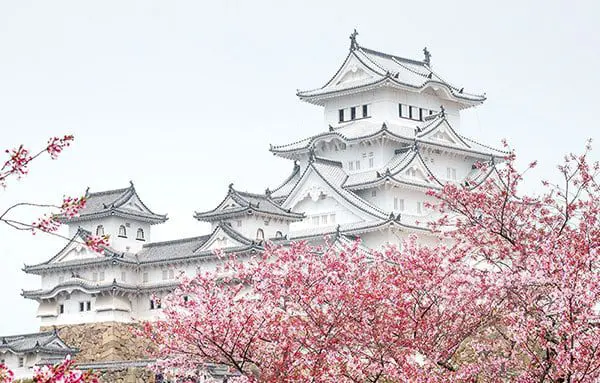
To celebrate all the colourful experiences of Japan, including the southern regions, Japan National Tourism Organization (JNTO) invites agents to enter level 2 of the Japan e-learning programme and become a Master of Japan Travel.
What’s more, agents who complete and successfully pass both levels 1 and 2 before August 31 will have the chance to WIN a spot on a famil trip to experience colourful Japan in person.
Agents will also receive a certificate and badge from JNTO upon completion of the Japan e-learning programme.
So what’s the hold up?! Gain an edge over your competitors by becoming a Master of Japan Travel and go in the running to score a spot on a famil trip!
Sign up here today.
What’s your favourite part about travelling in Japan’s south? Tell us where to go and what to do in the comments below…
This article was brought to you by:



